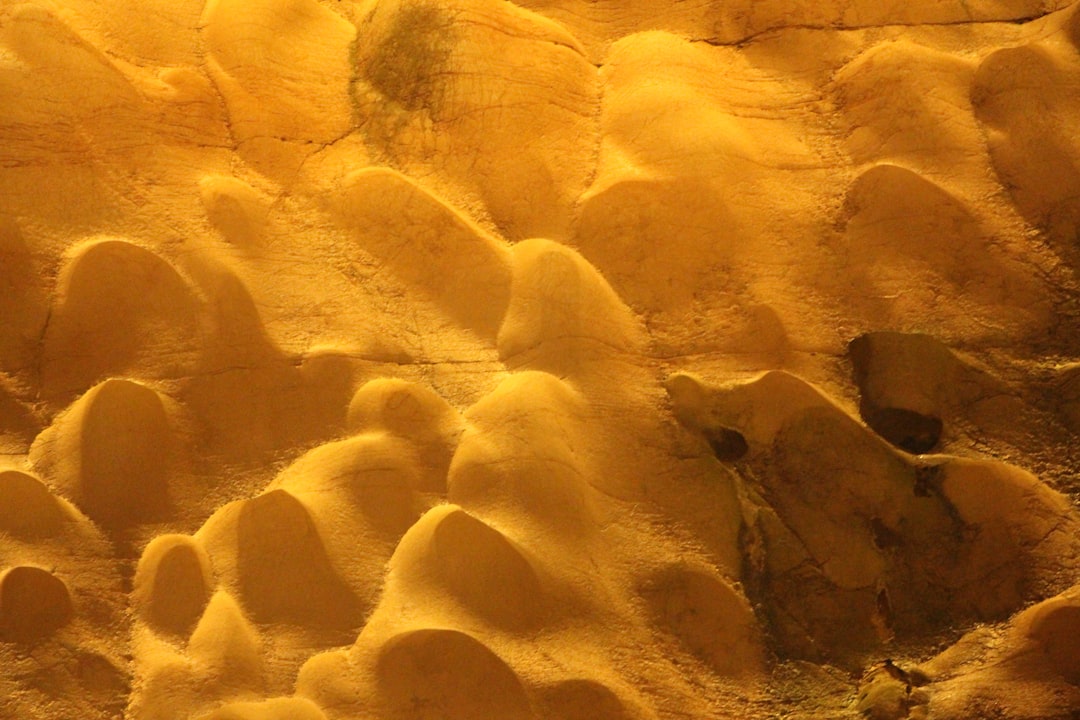What is it about?
The presence of the till/sand breccia, which is unique for Quaternary sediments, sheds new light on the depositional conditions in ice-marginal valleys. The till/sand breccia lithofacies can be considered to be a diagnostic criterion forfluvio-periglacial conditions in ice-marginal valleys.
Featured Image
Why is it important?
A till/sand breccia in records thermoerosion. The characteristic platy shape of the clasts results from the source material, which was a lodgement till with horizontal and vertical joints. We consider the till/sand breccia as diagnostic of ice-marginal valleys in a fluvio-periglacial environment, as it developed as an effect of thermoerosion of channel banks. Intensive thermoerosion processes is also a cause of unusual widths of Polish Lowland ice-marginal valleys (for example 10 km in study area).
Read the Original
This page is a summary of: Genesis of a till/sand breccia (Pleistocene, Noteć Valley near Atanazyn, central Poland), Sedimentary Geology, April 2011, Elsevier,
DOI: 10.1016/j.sedgeo.2010.12.011.
You can read the full text:
Contributors
The following have contributed to this page










